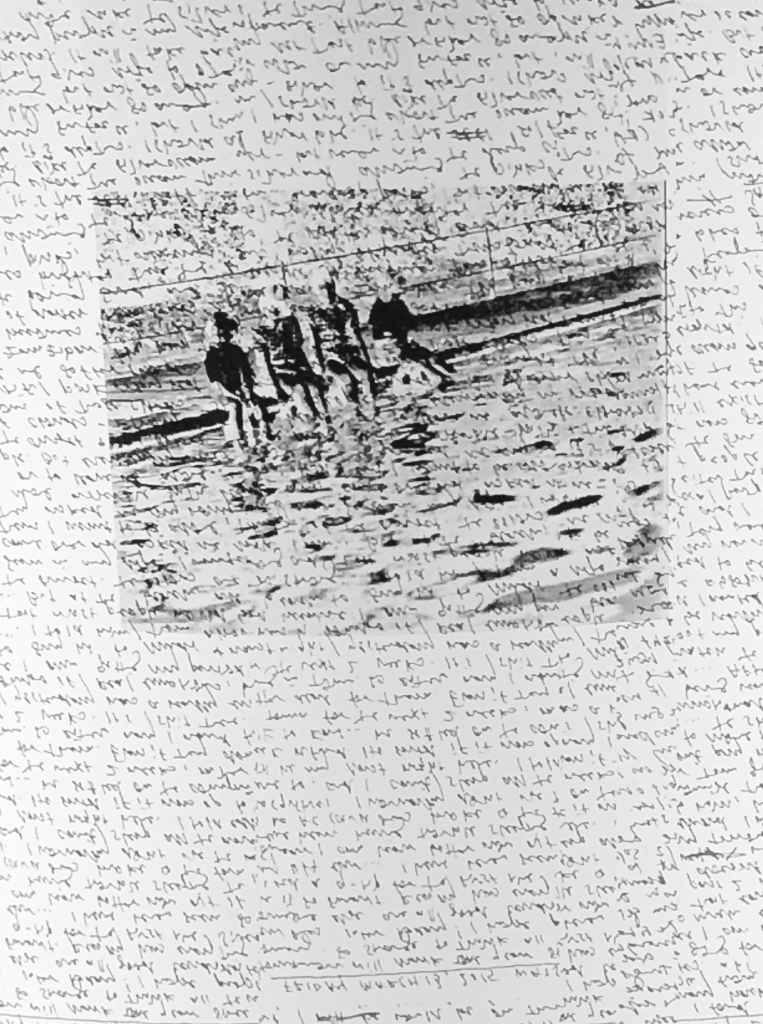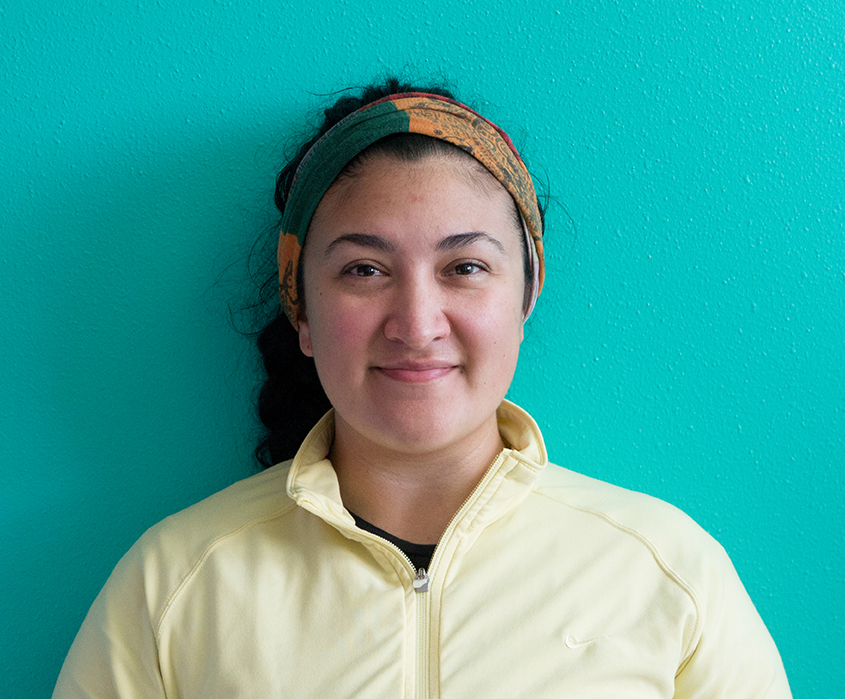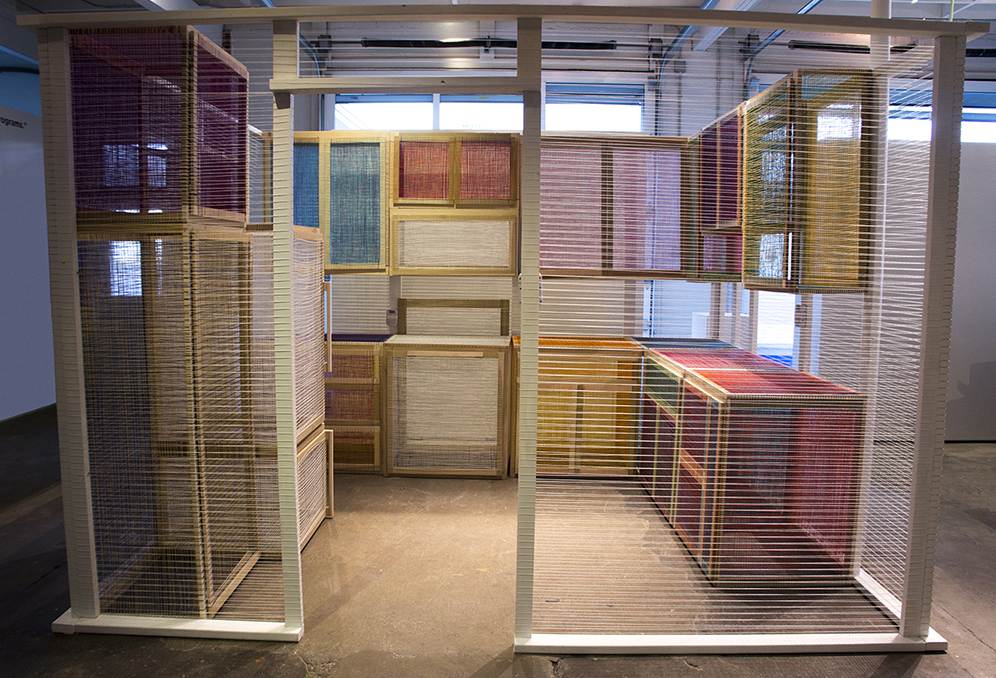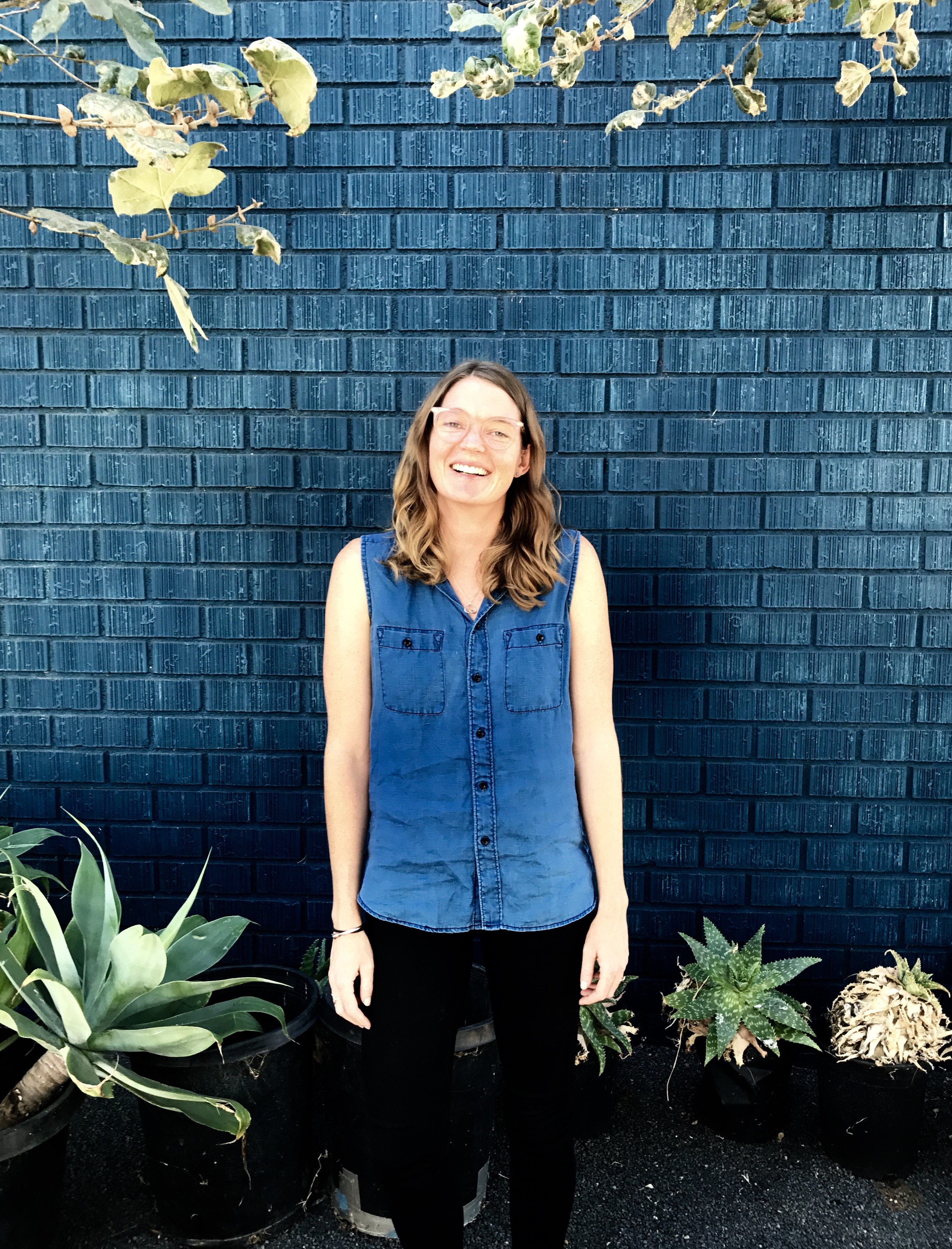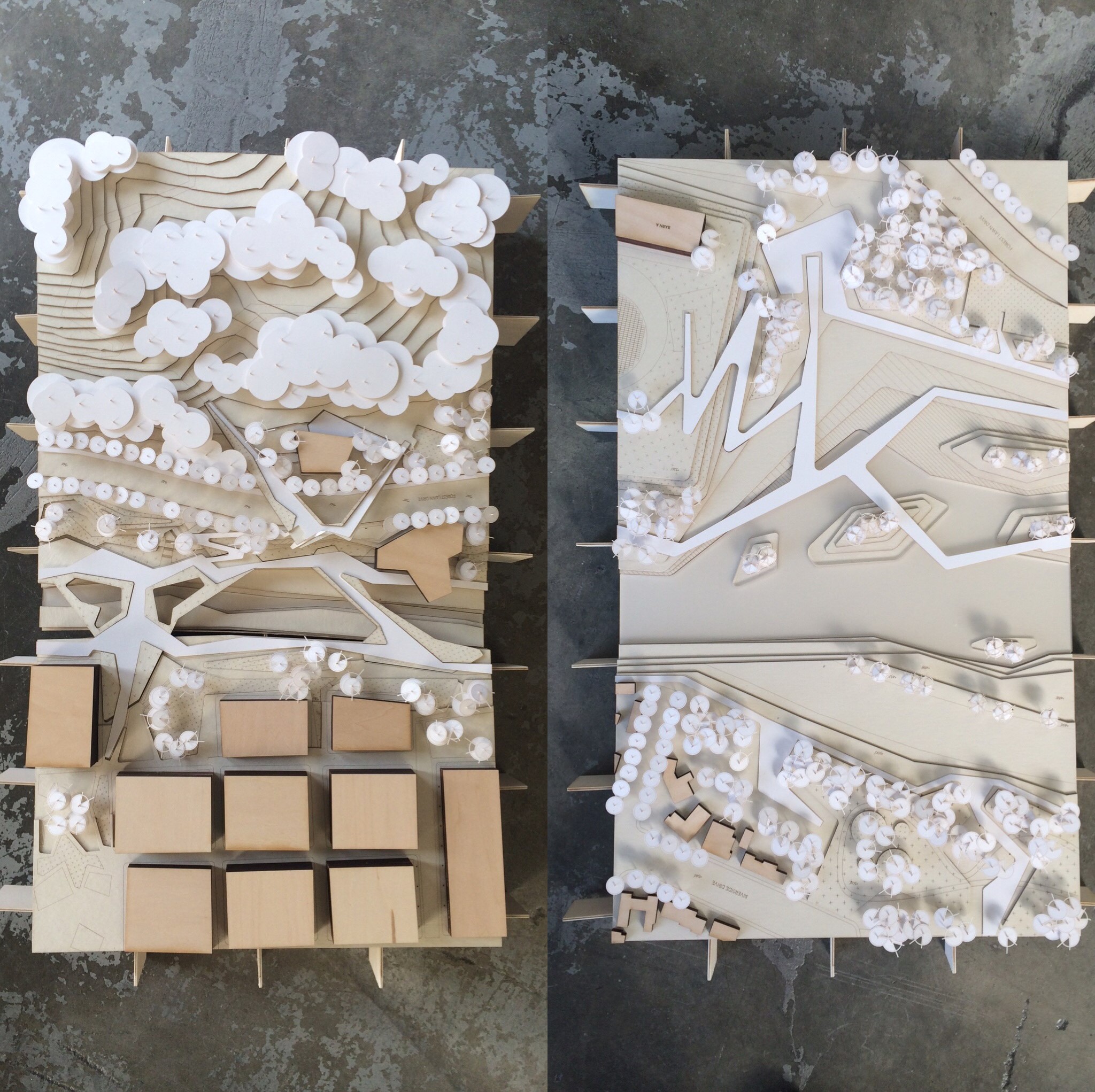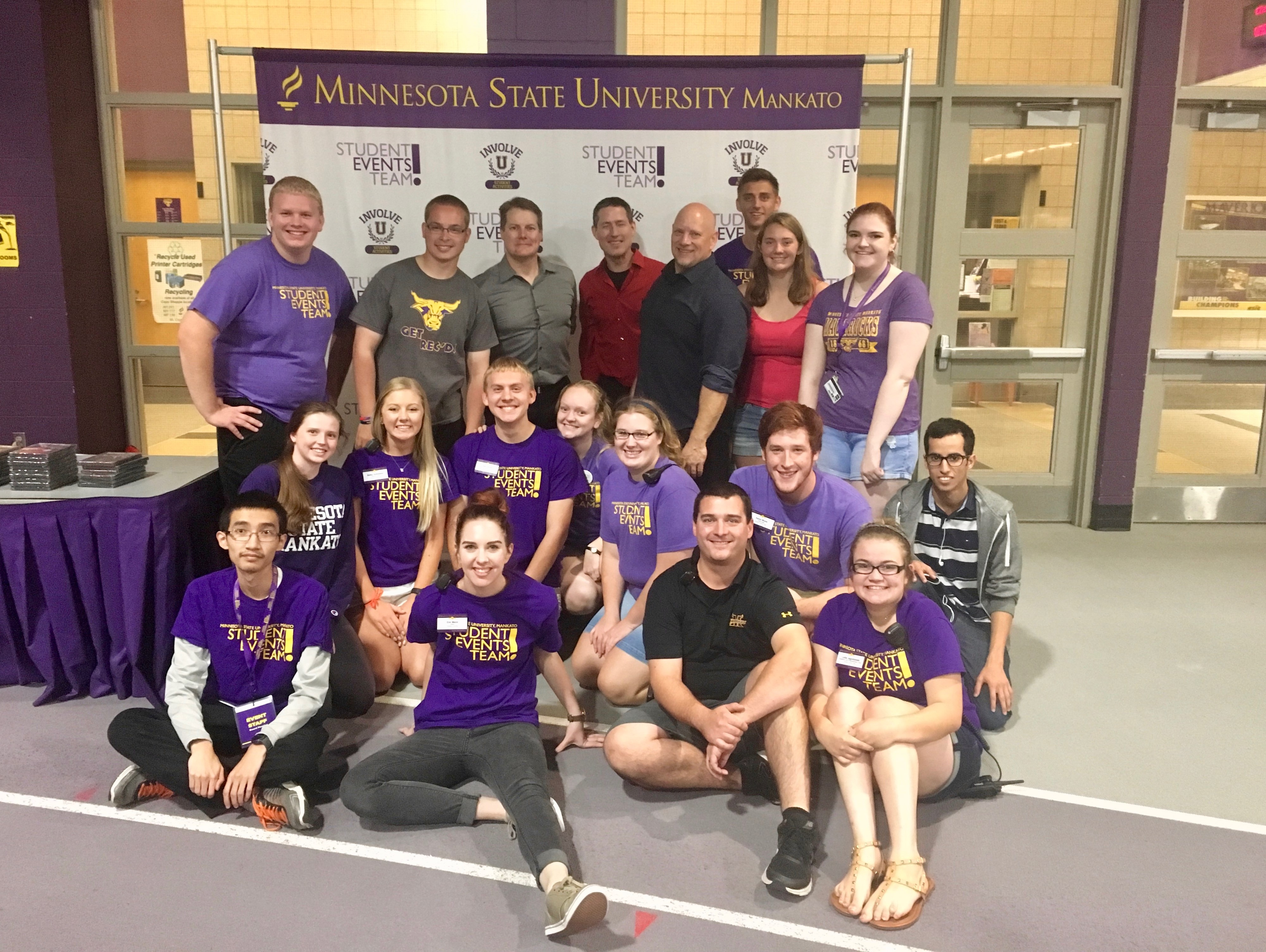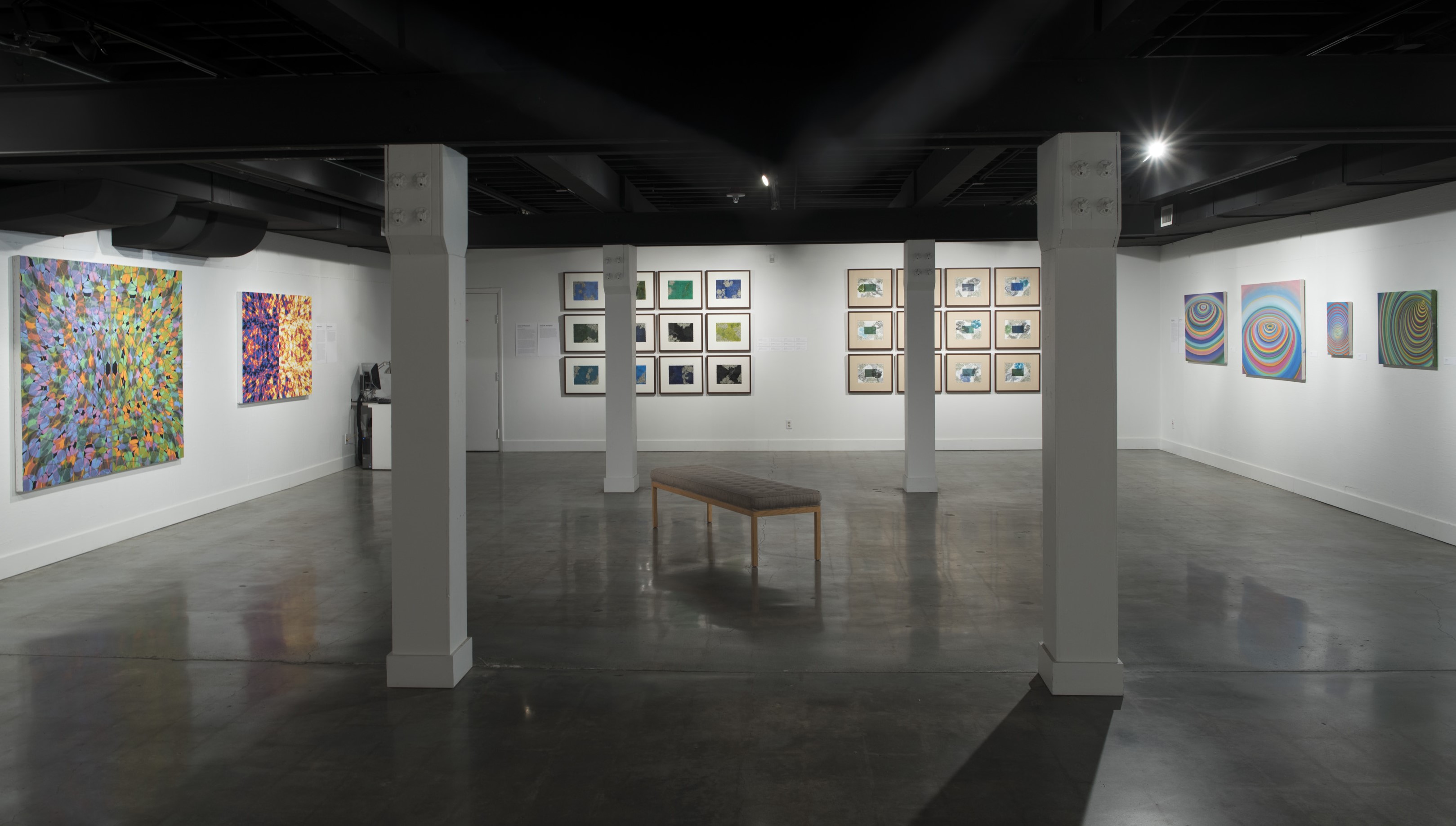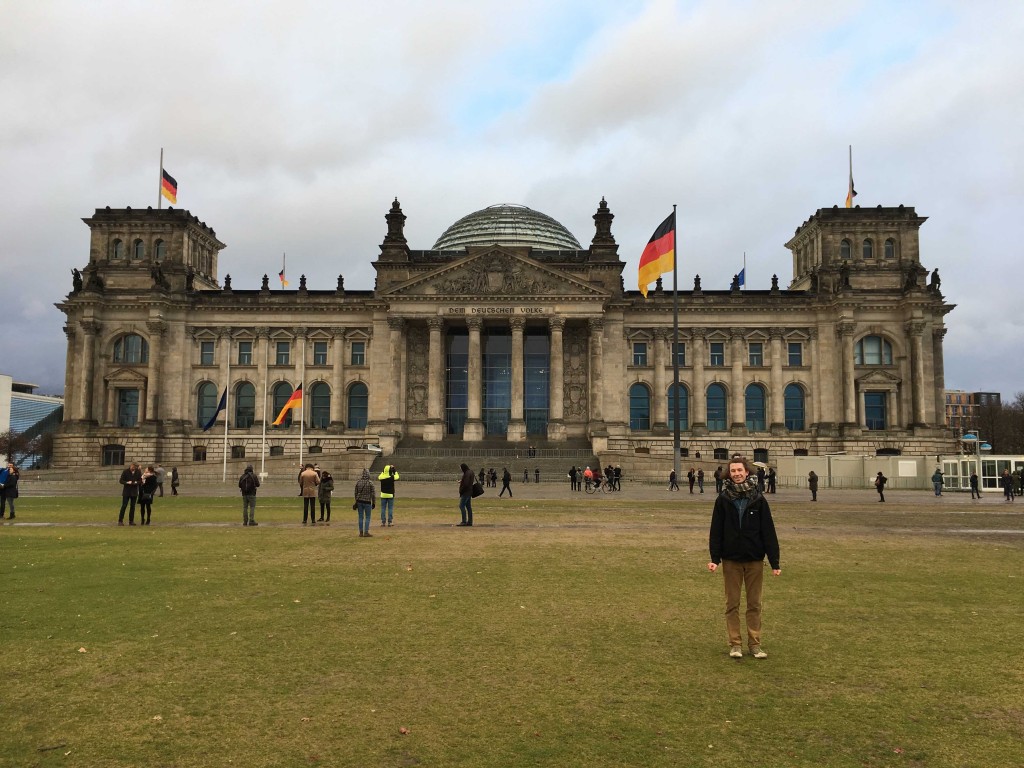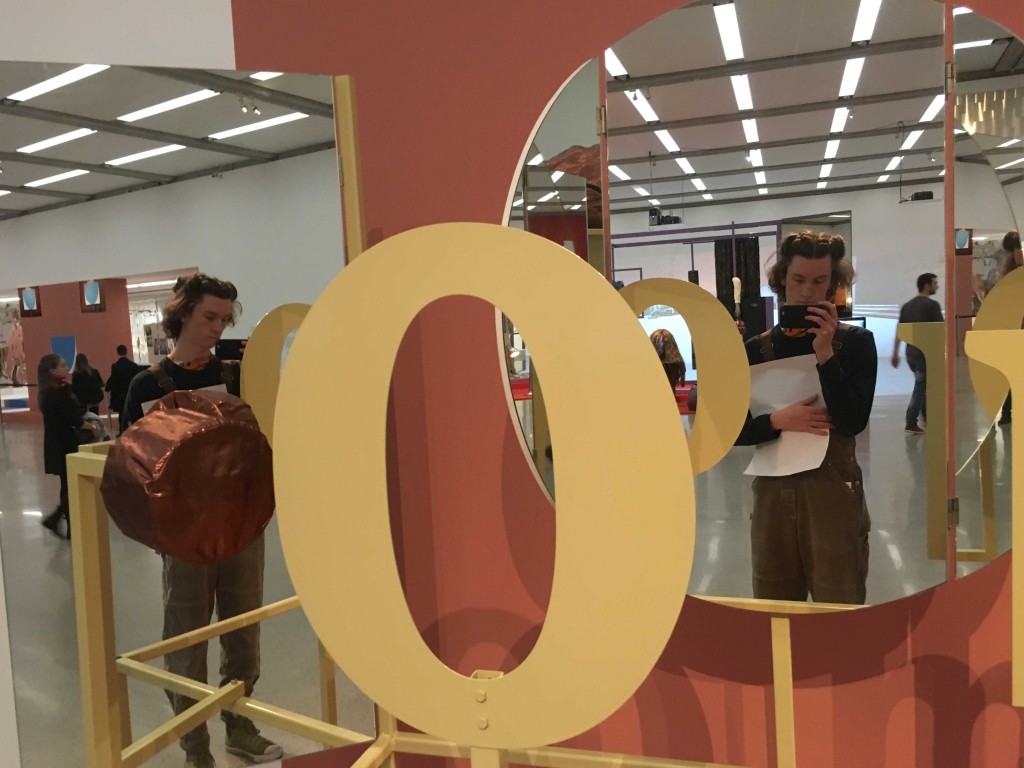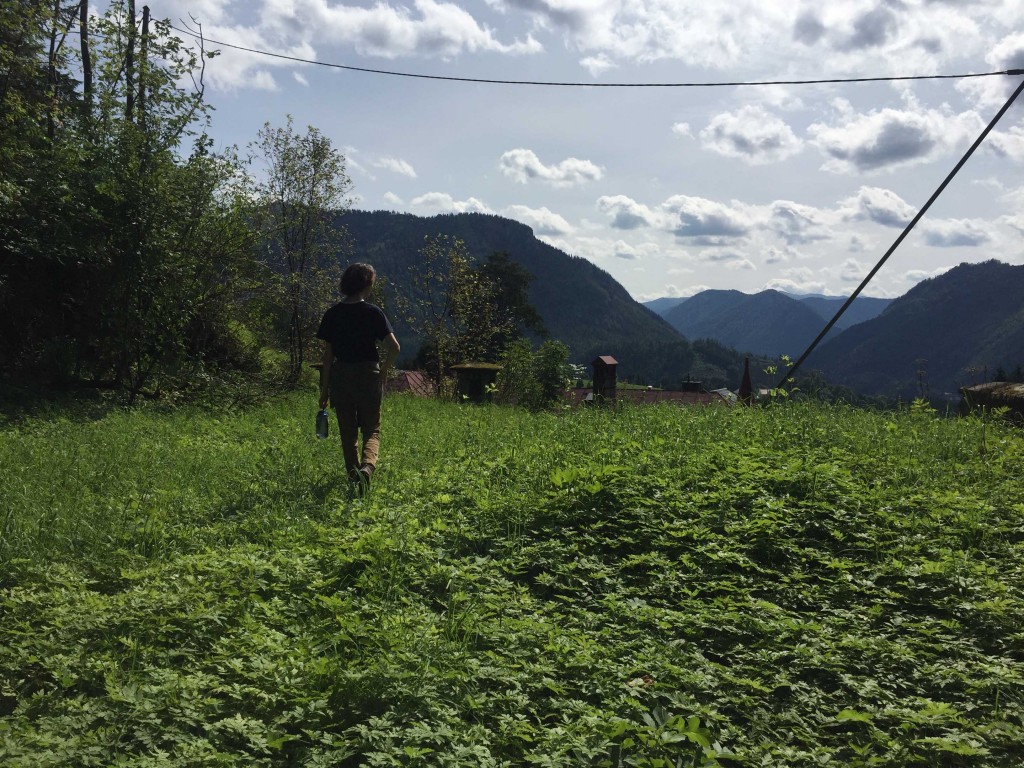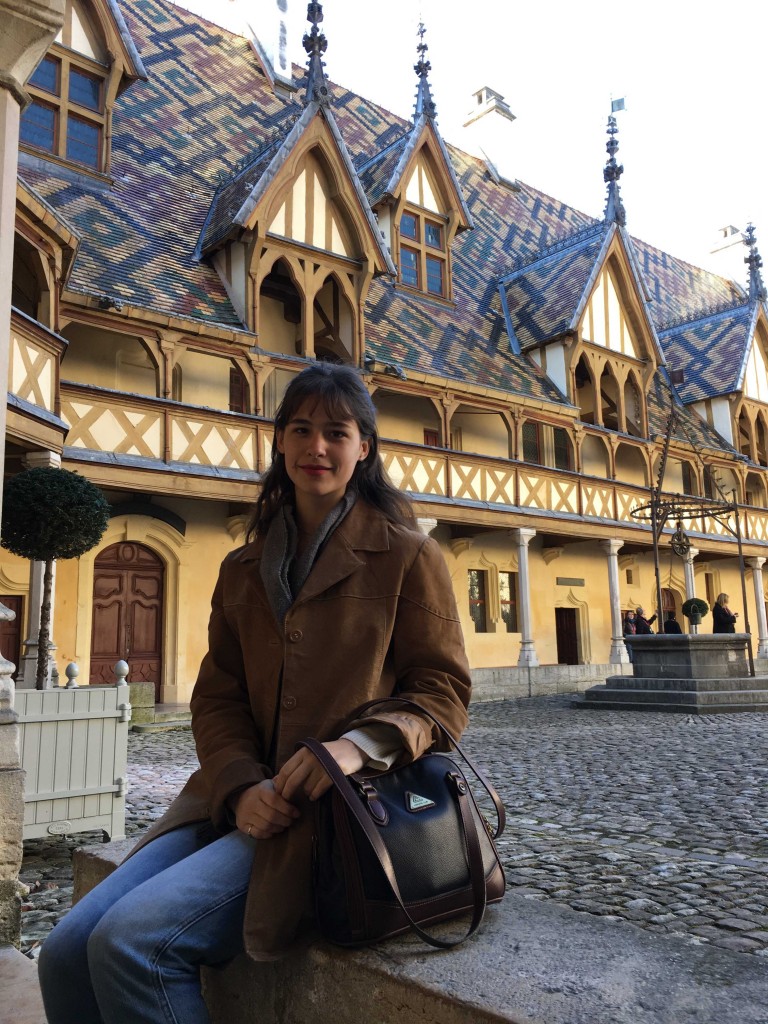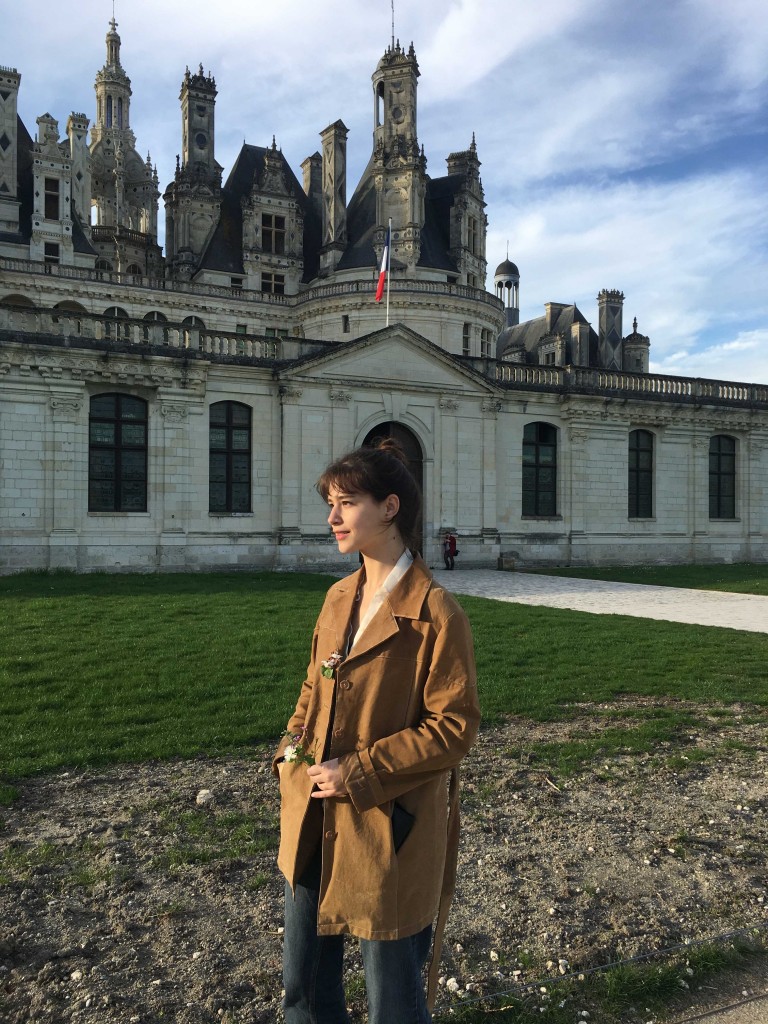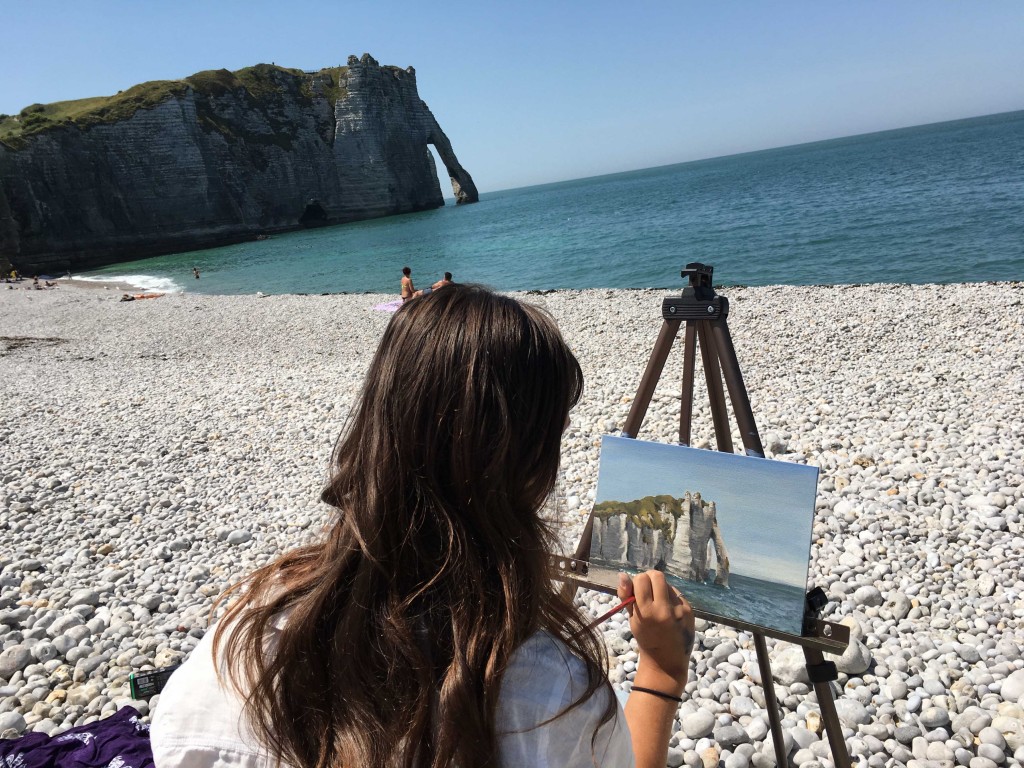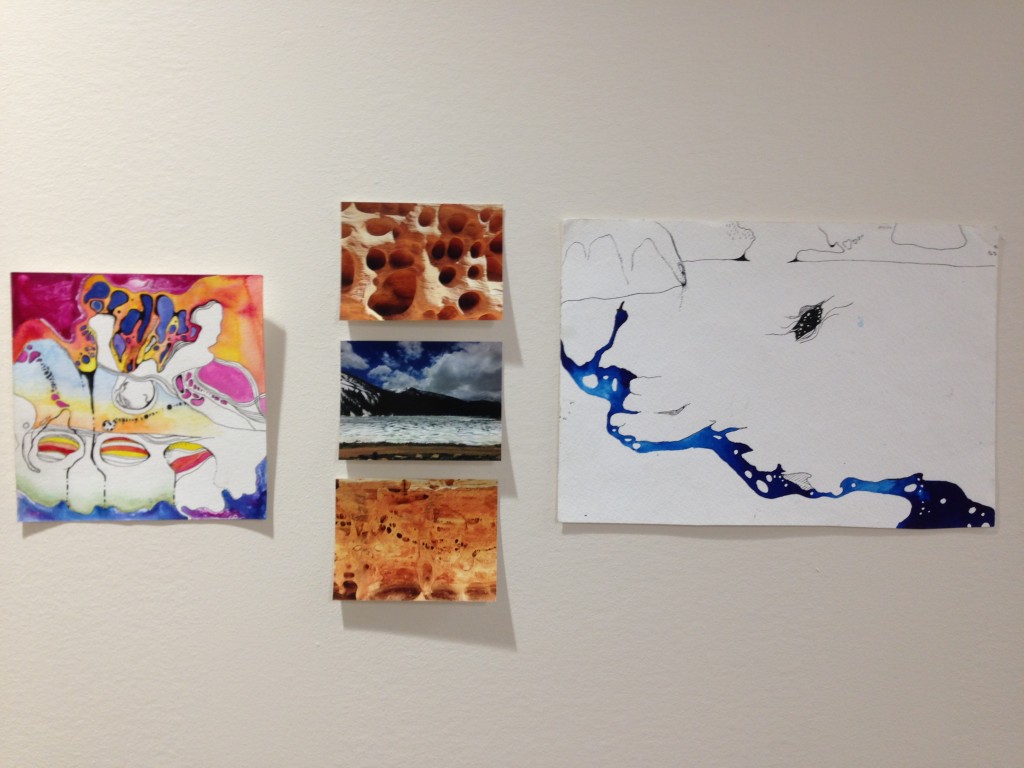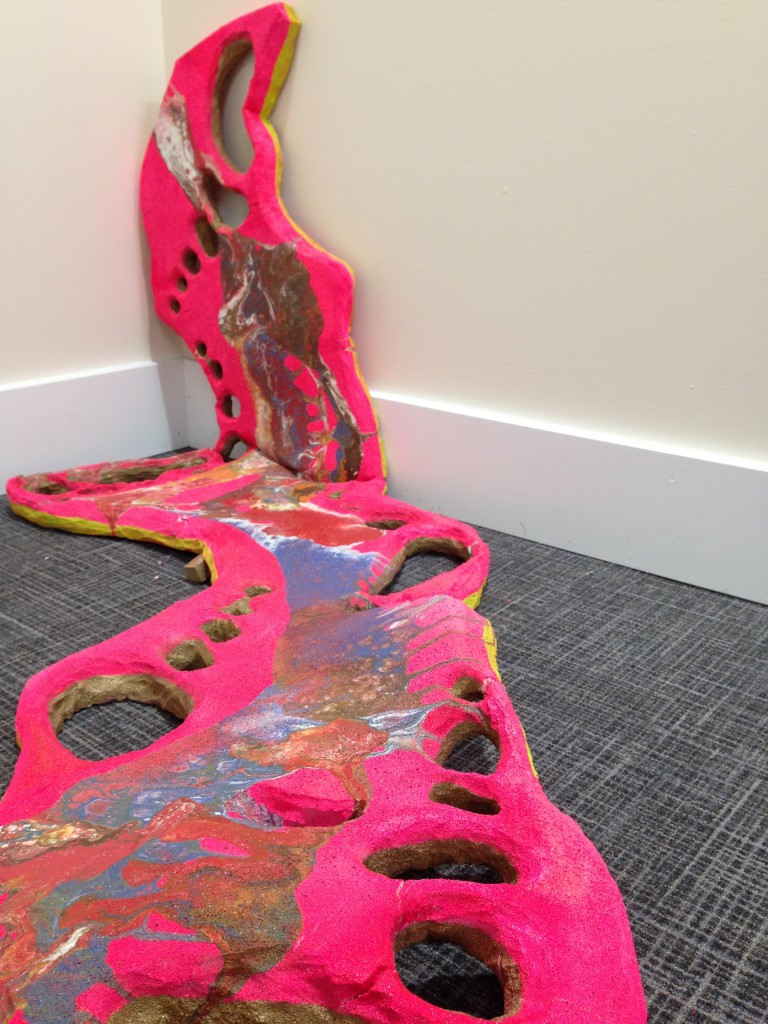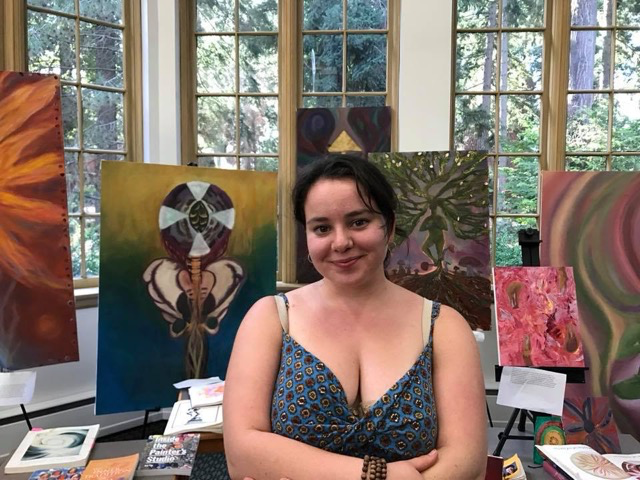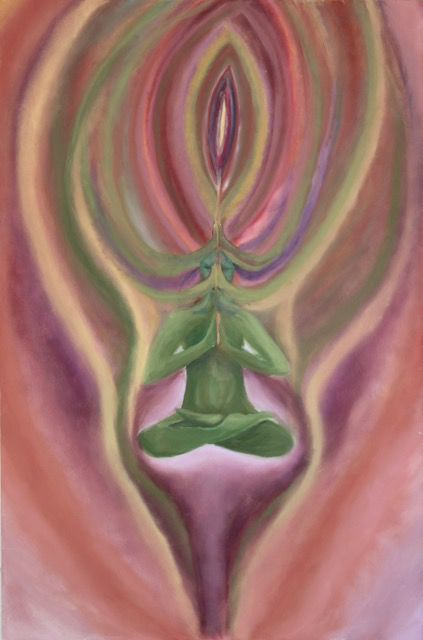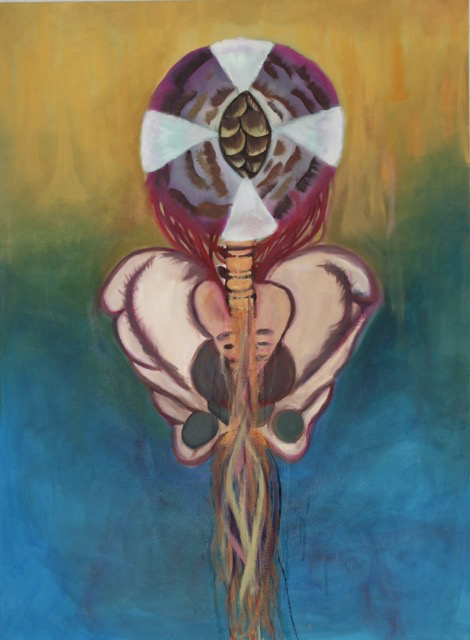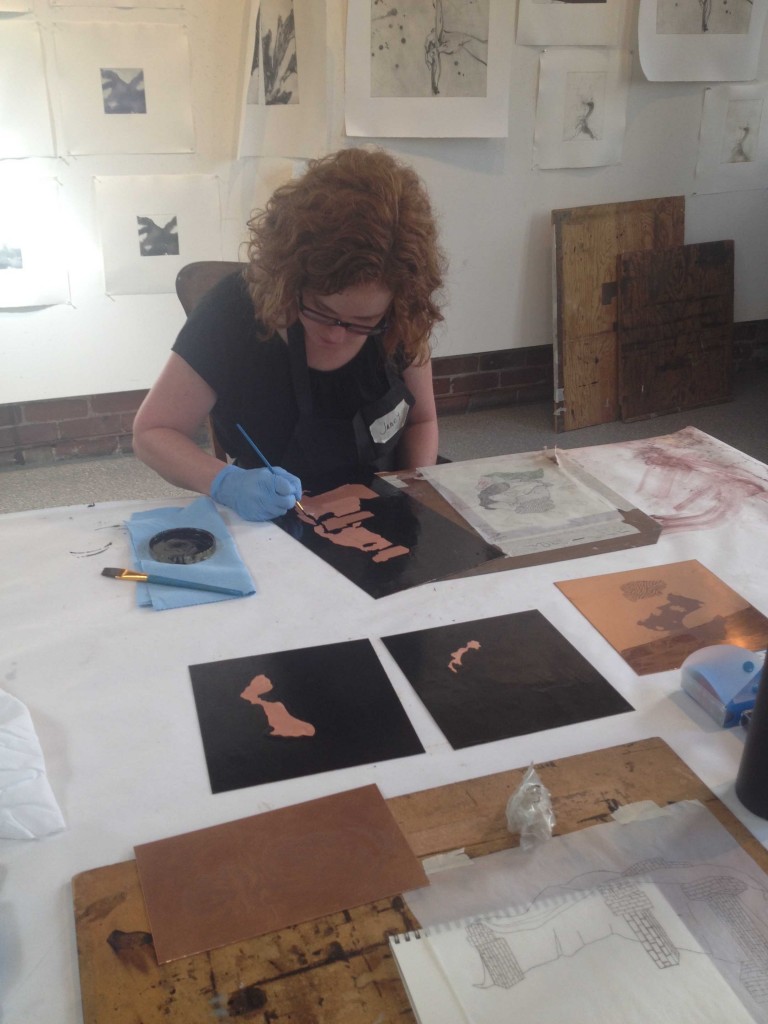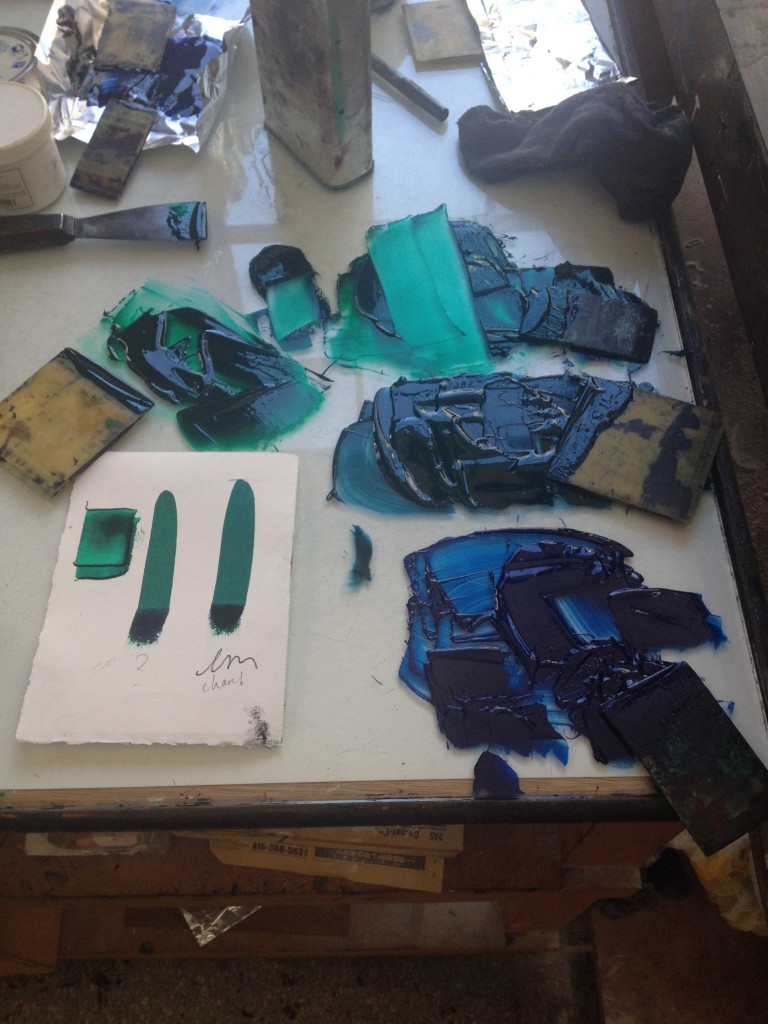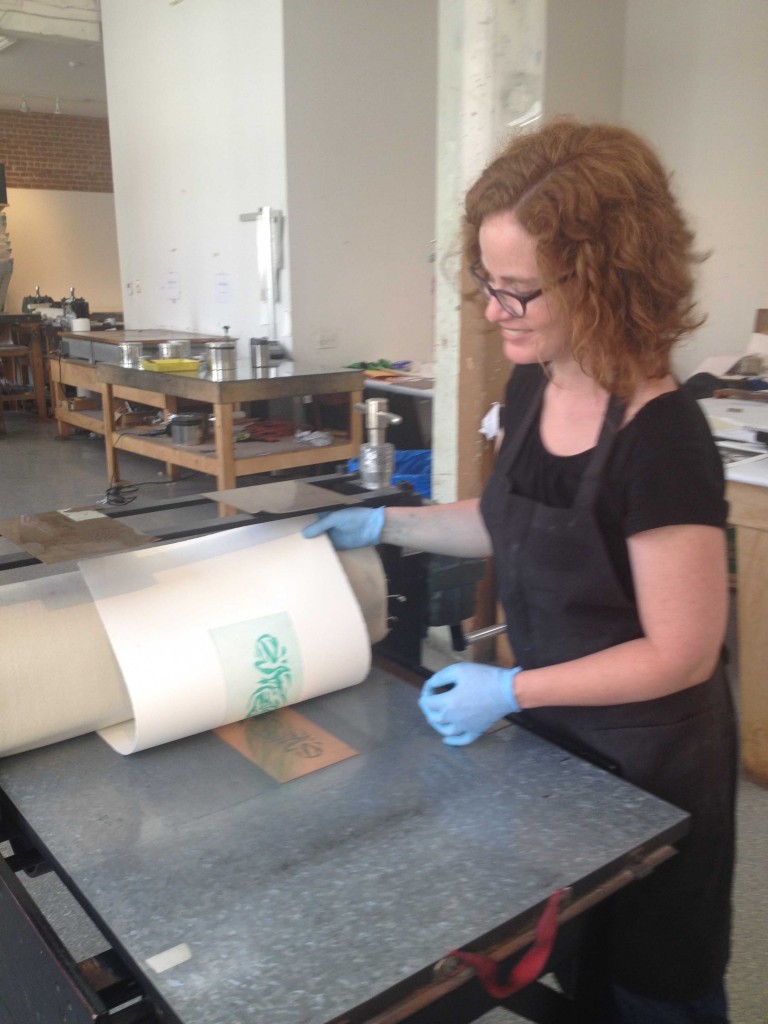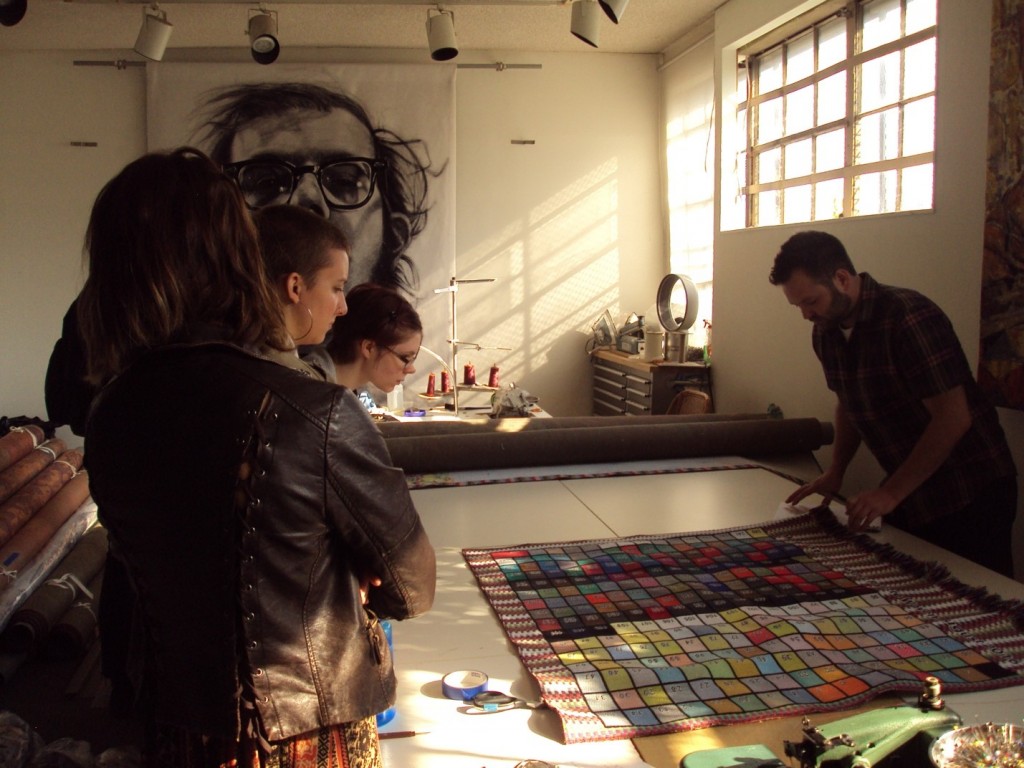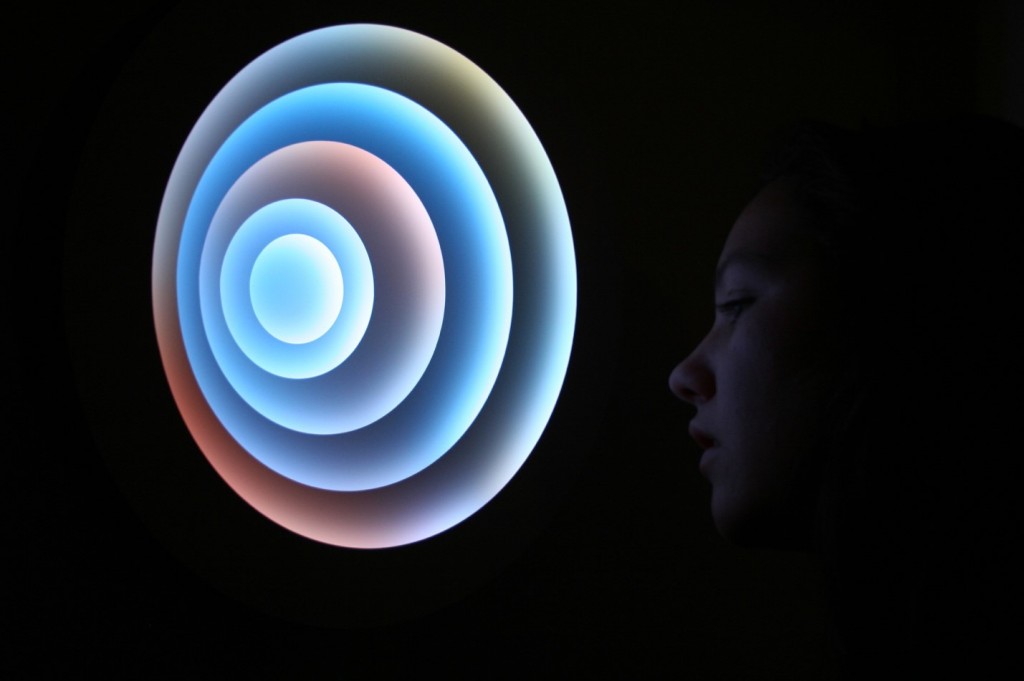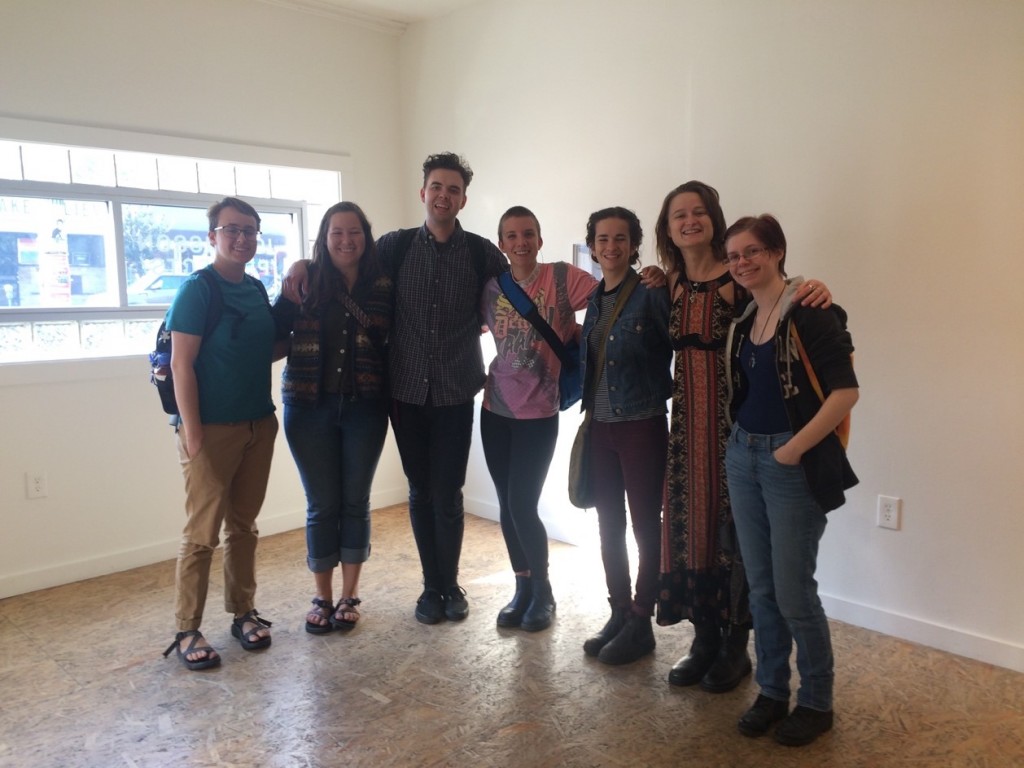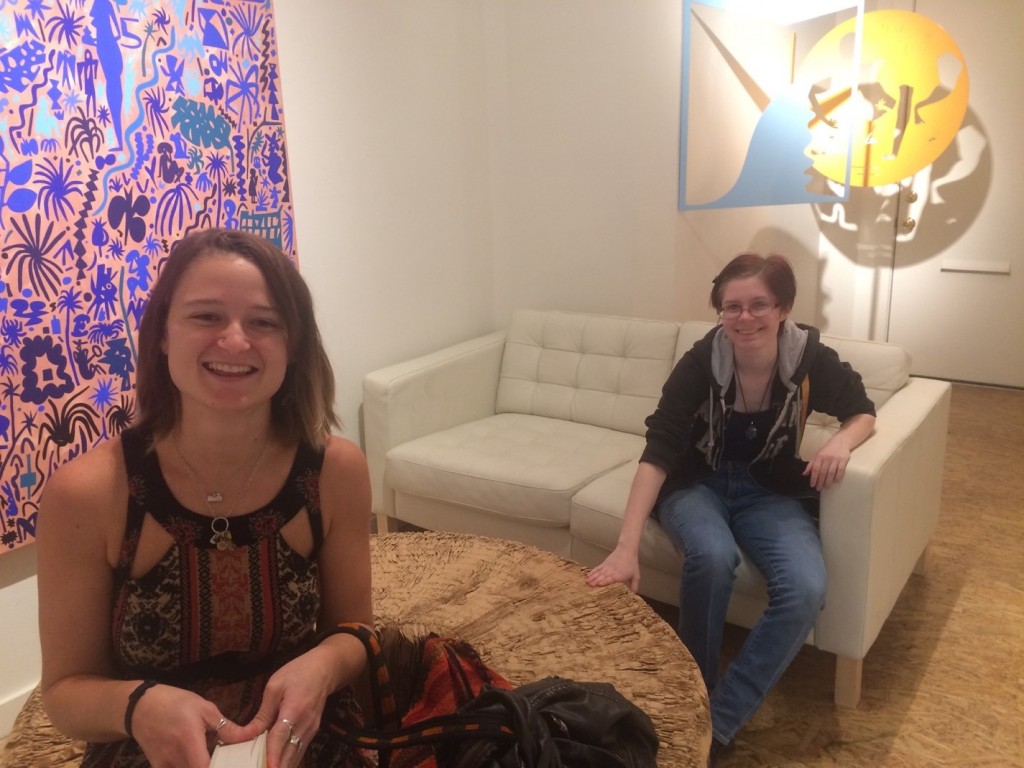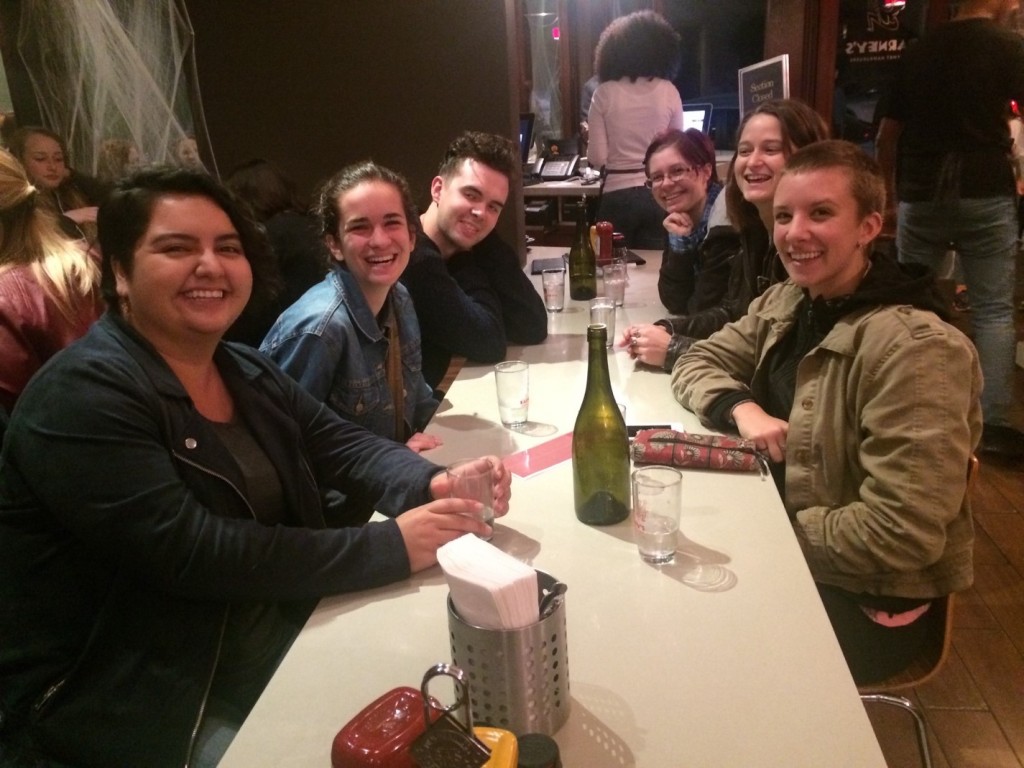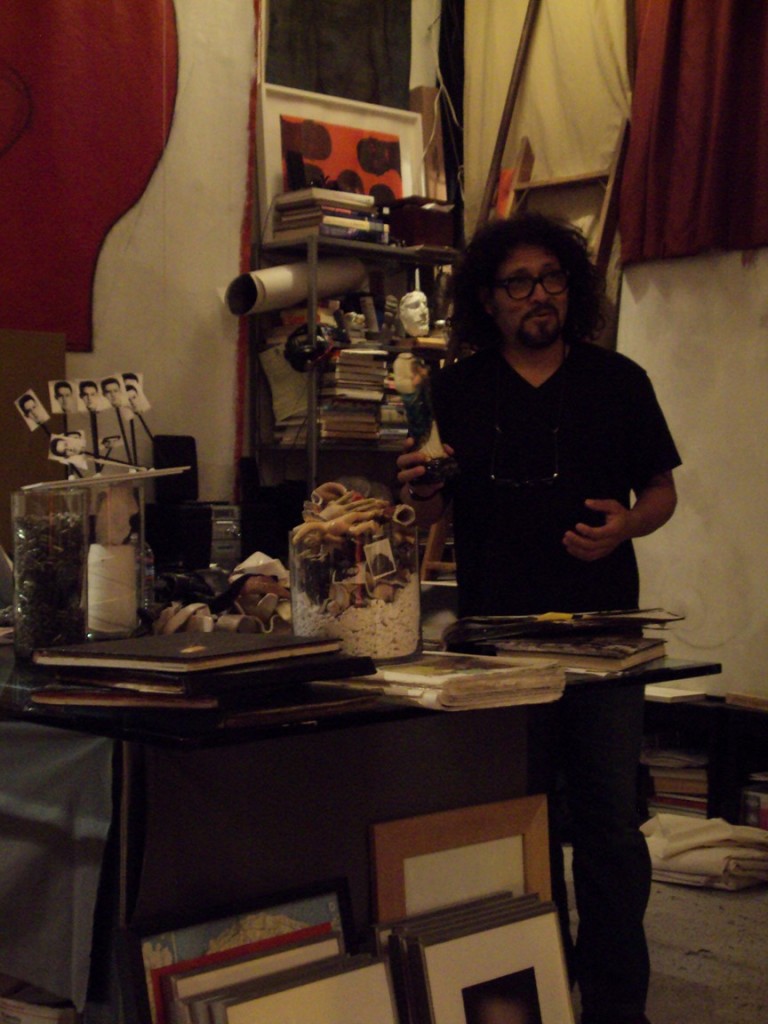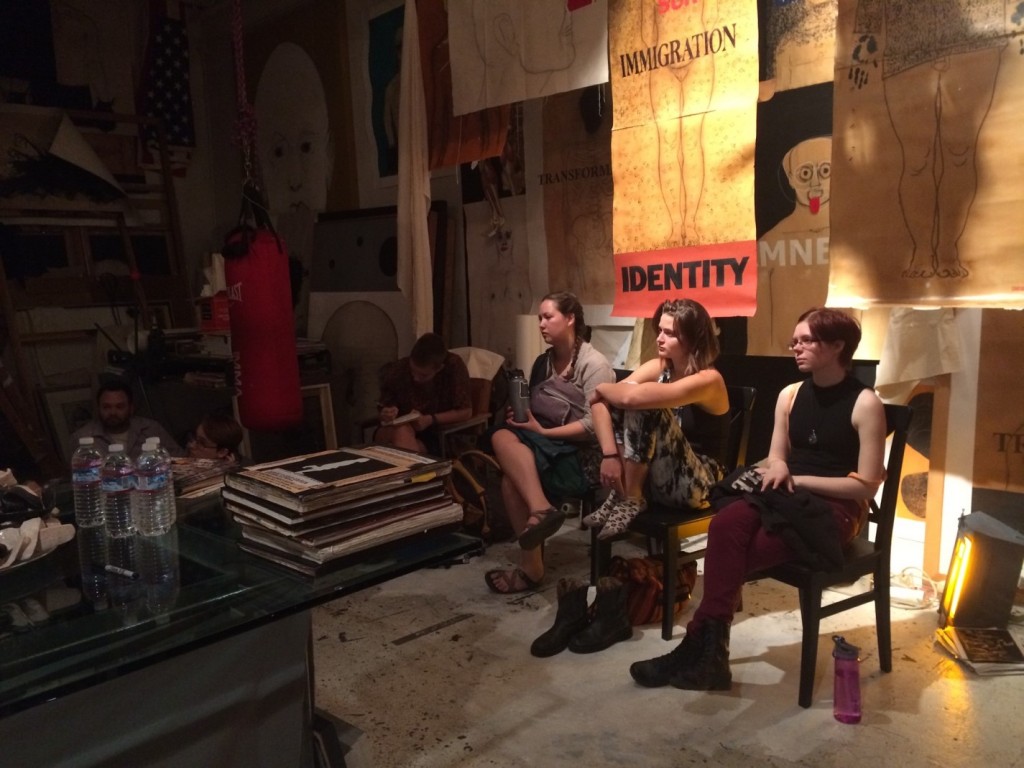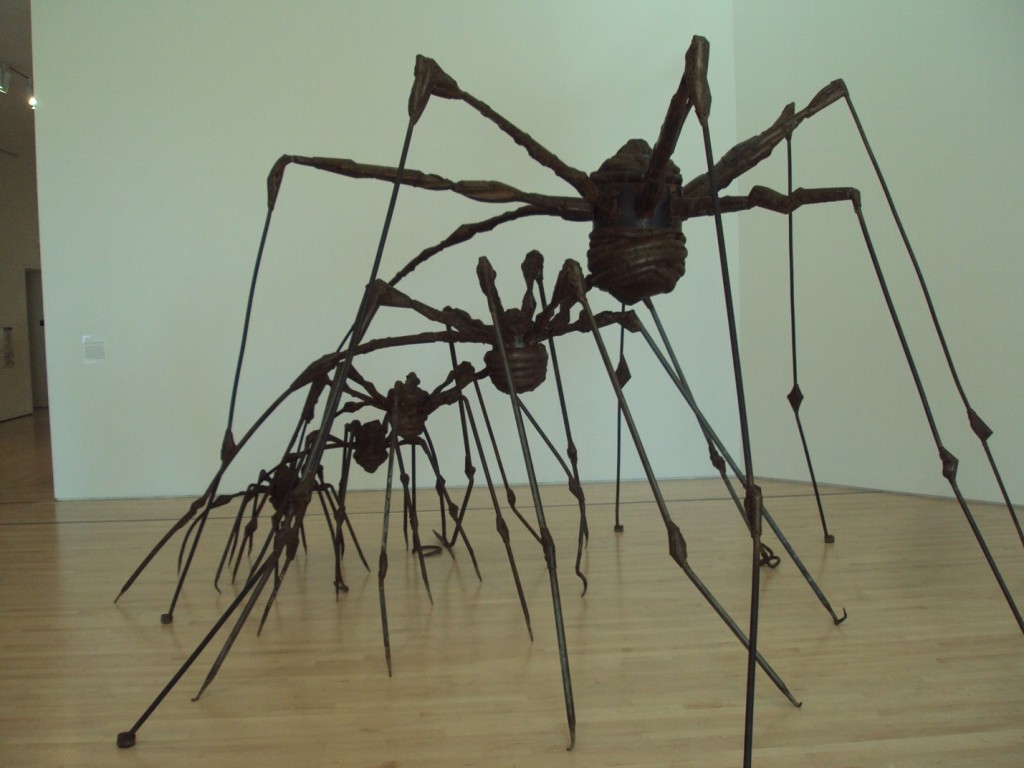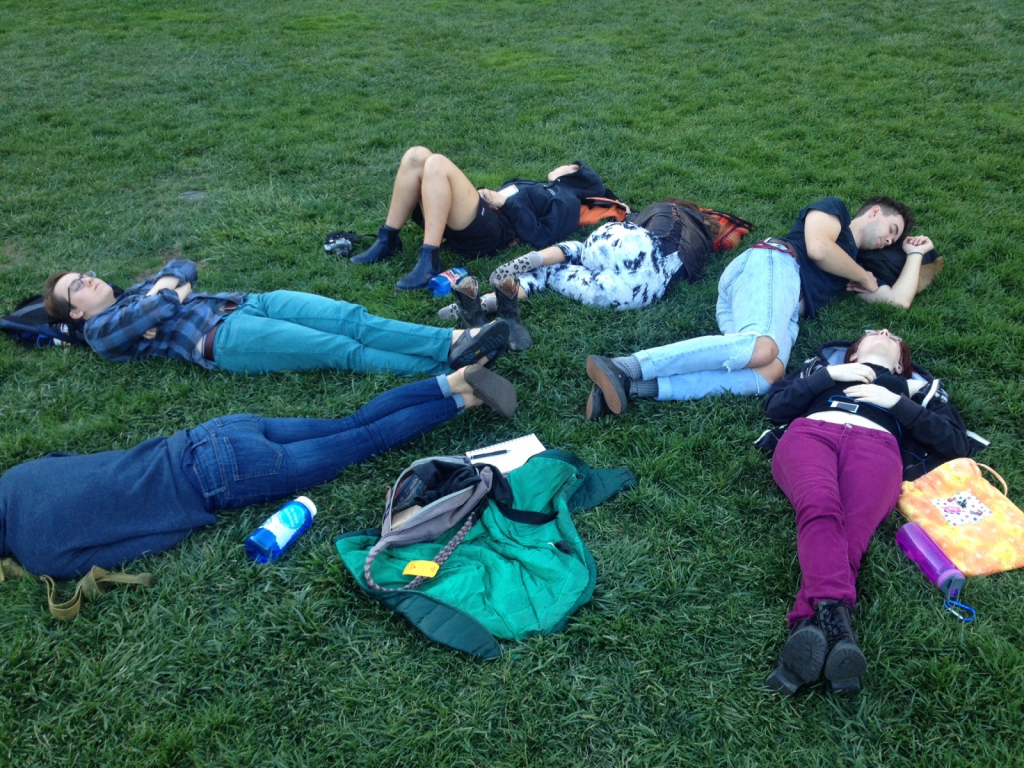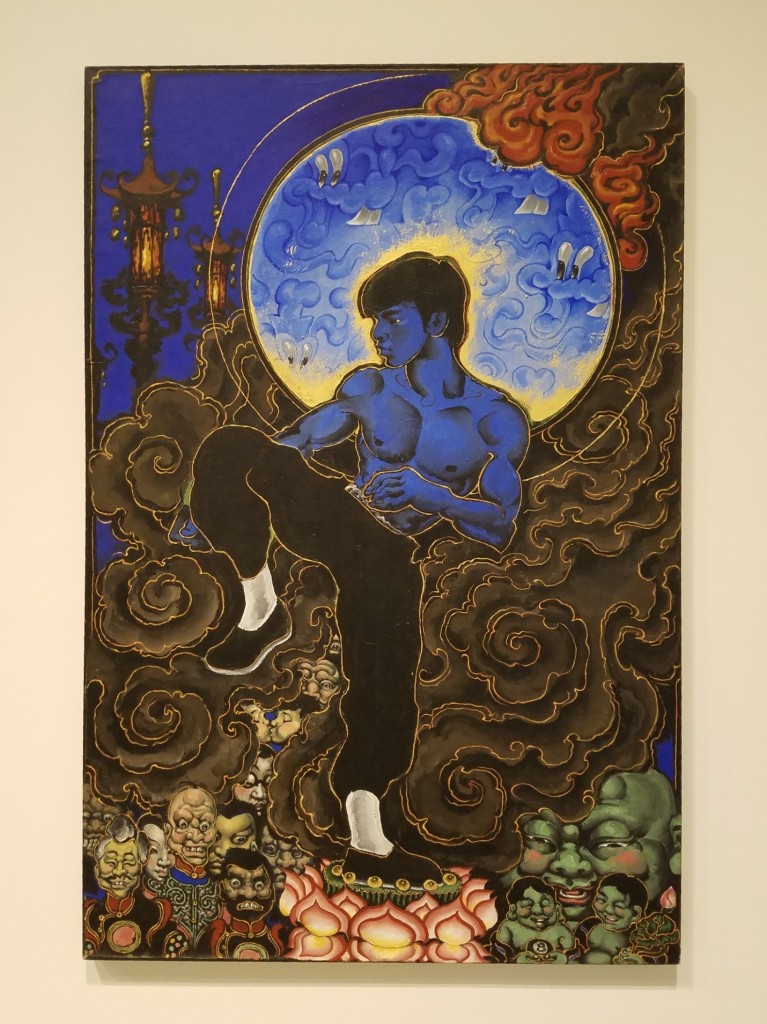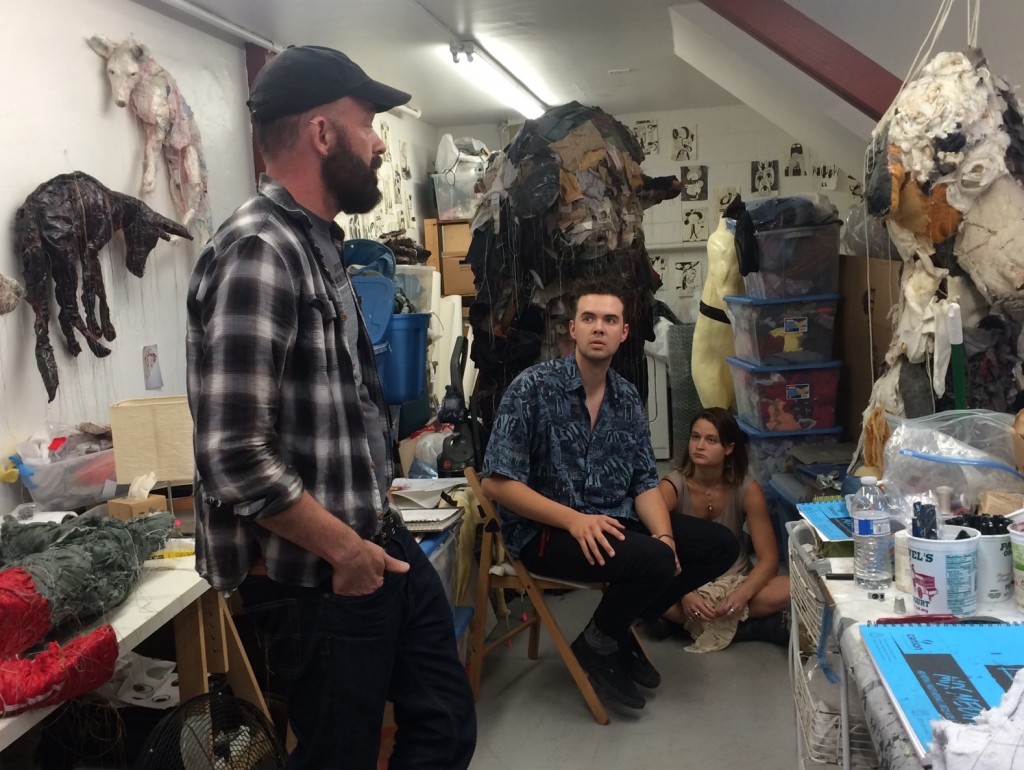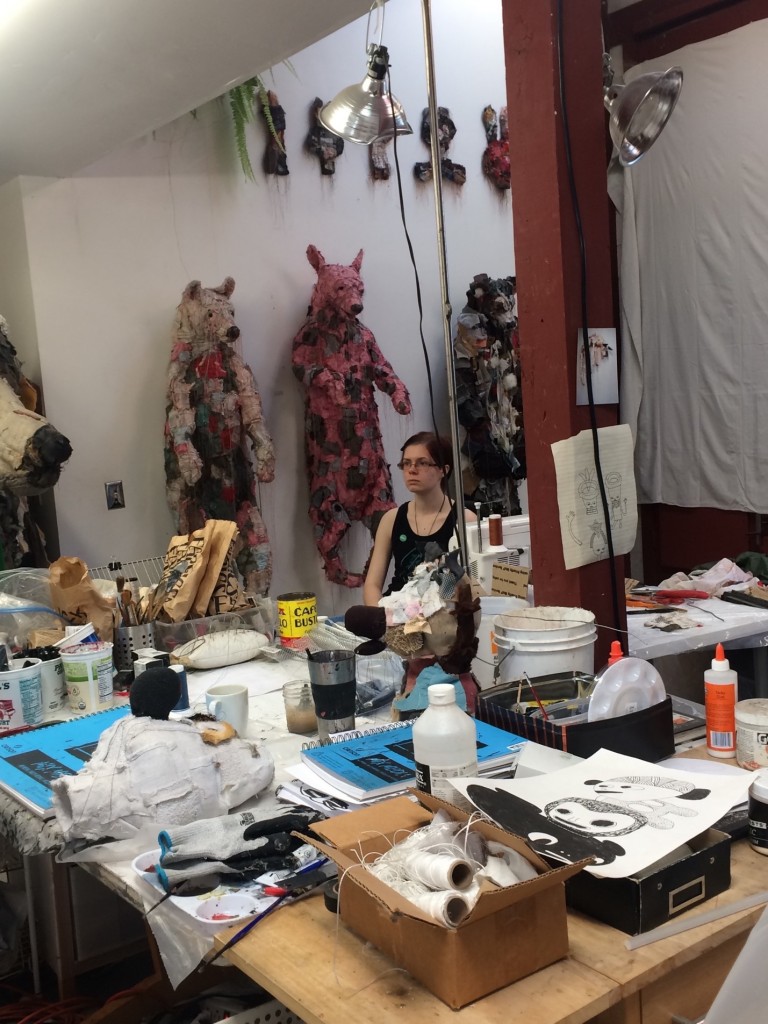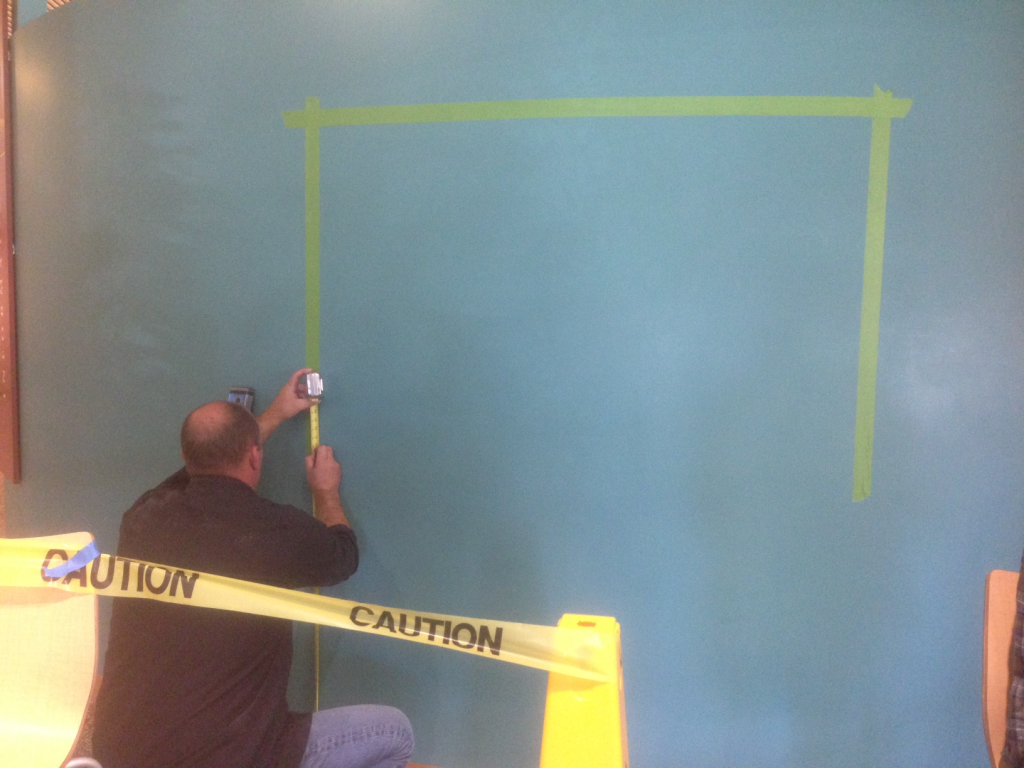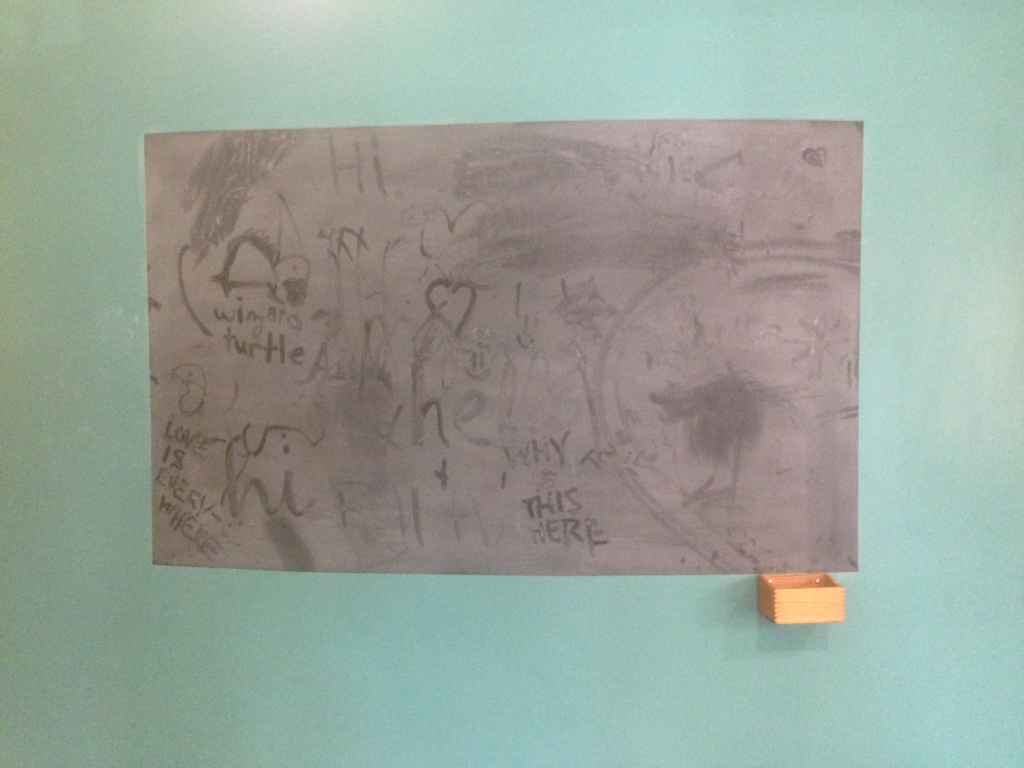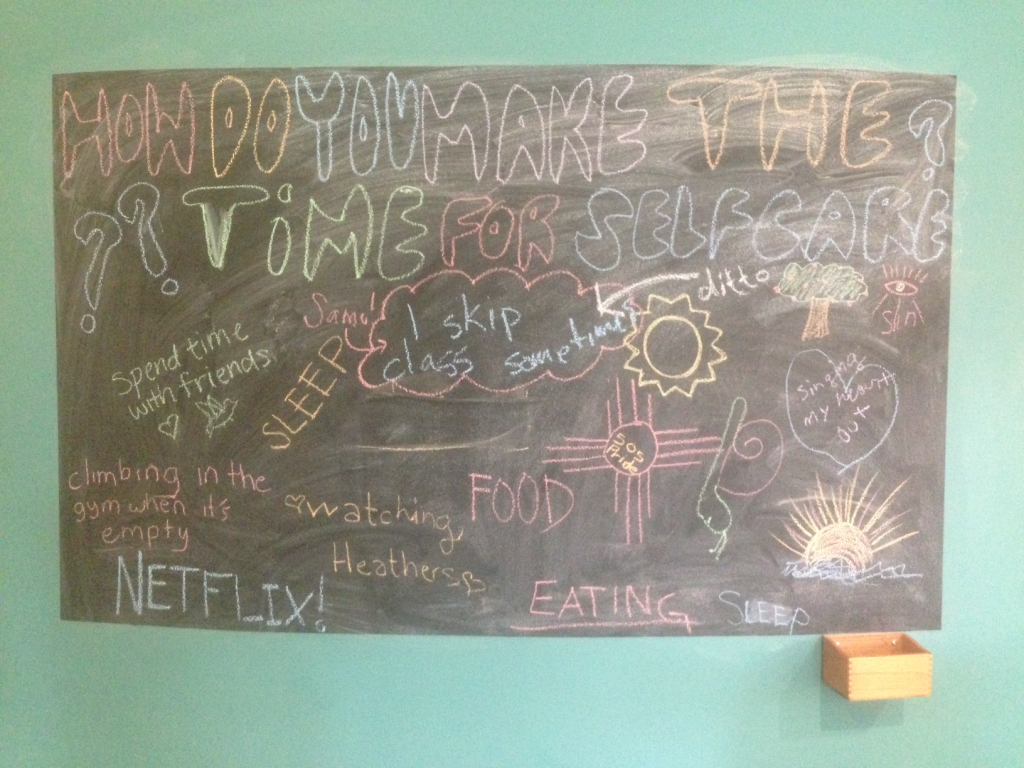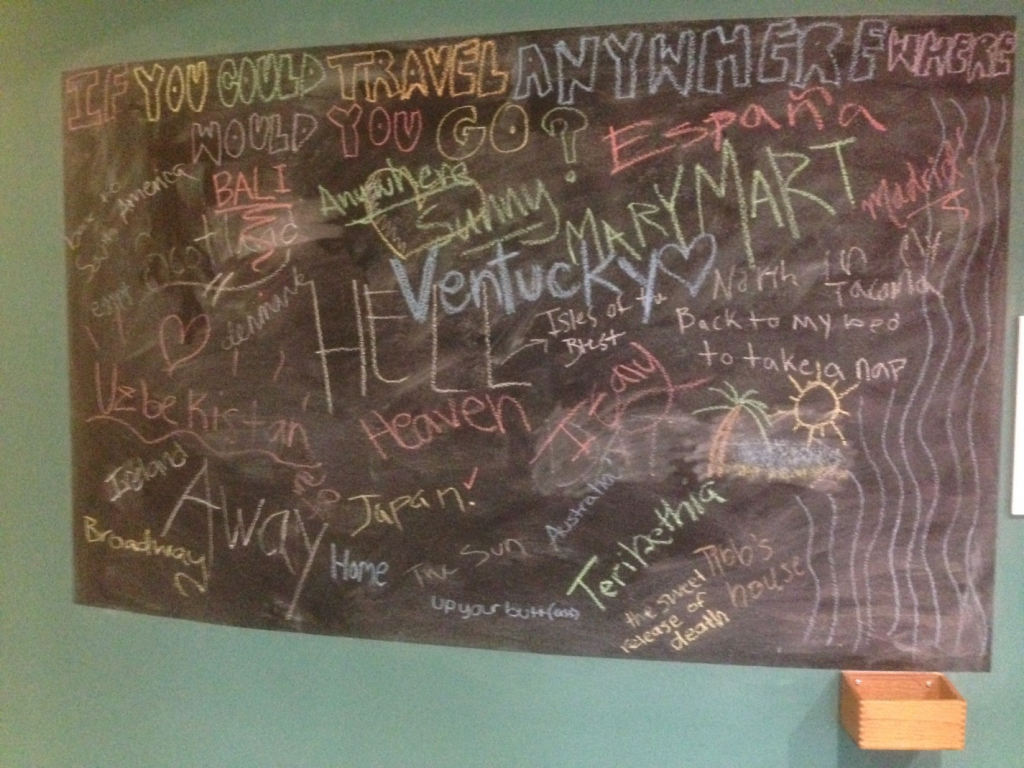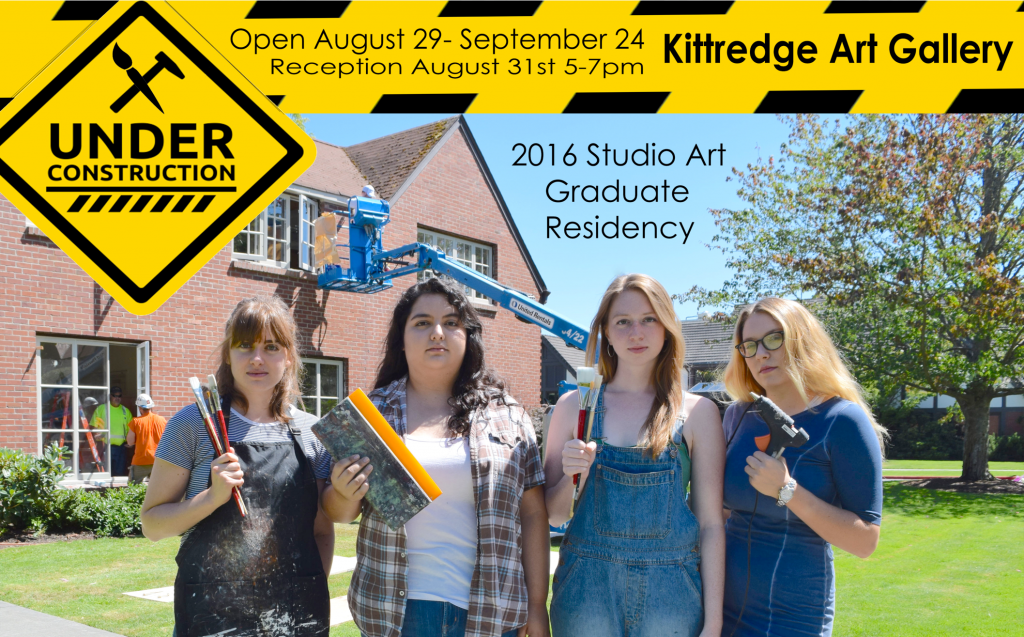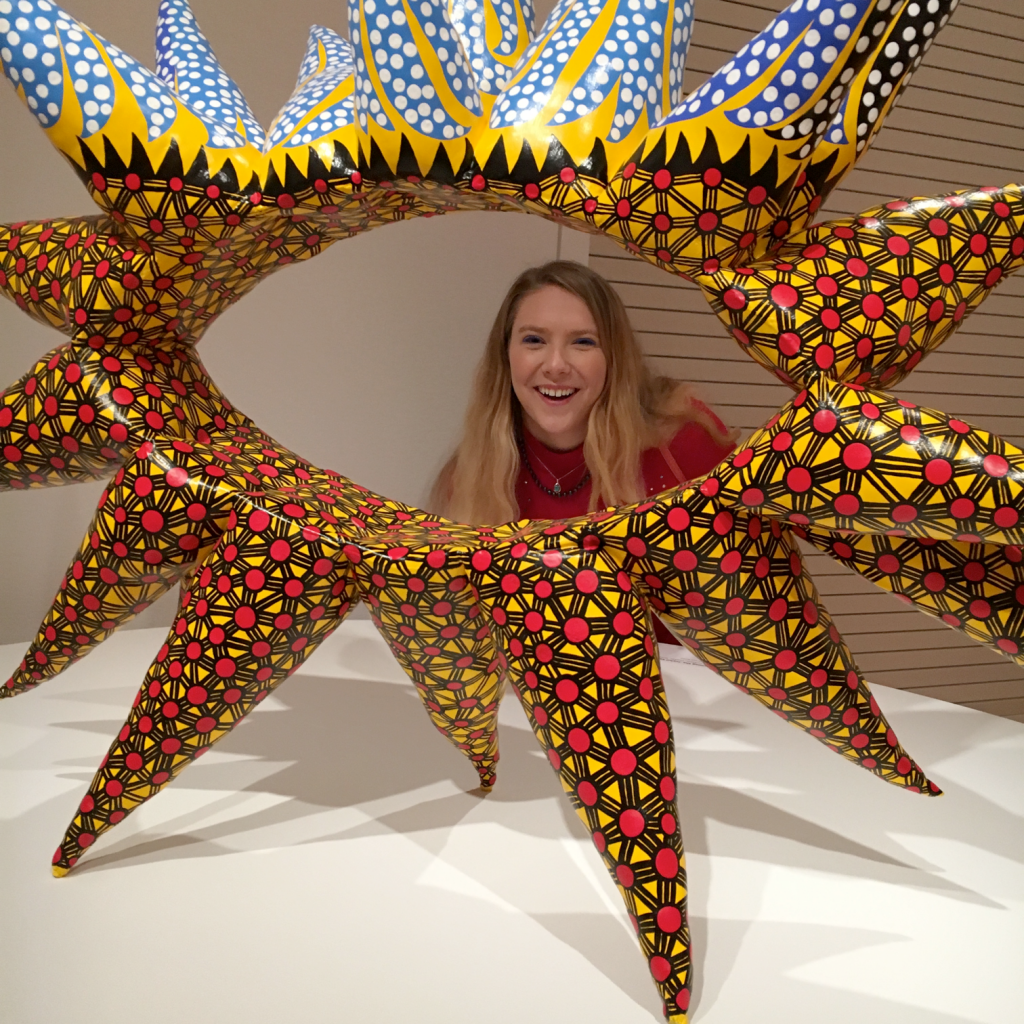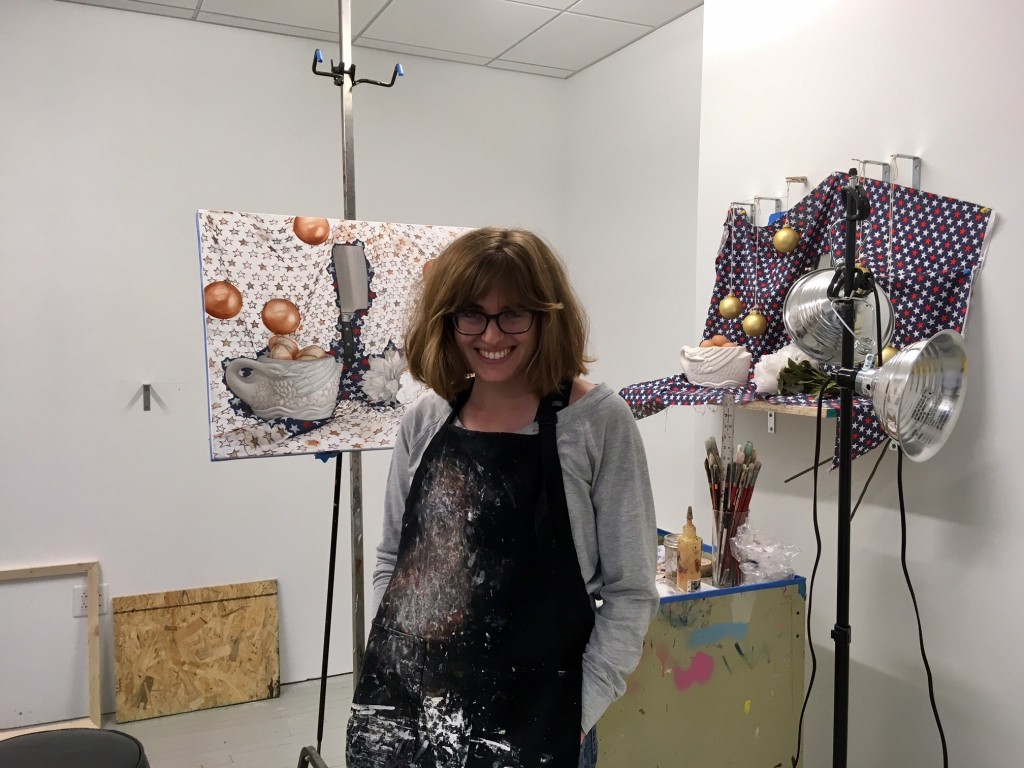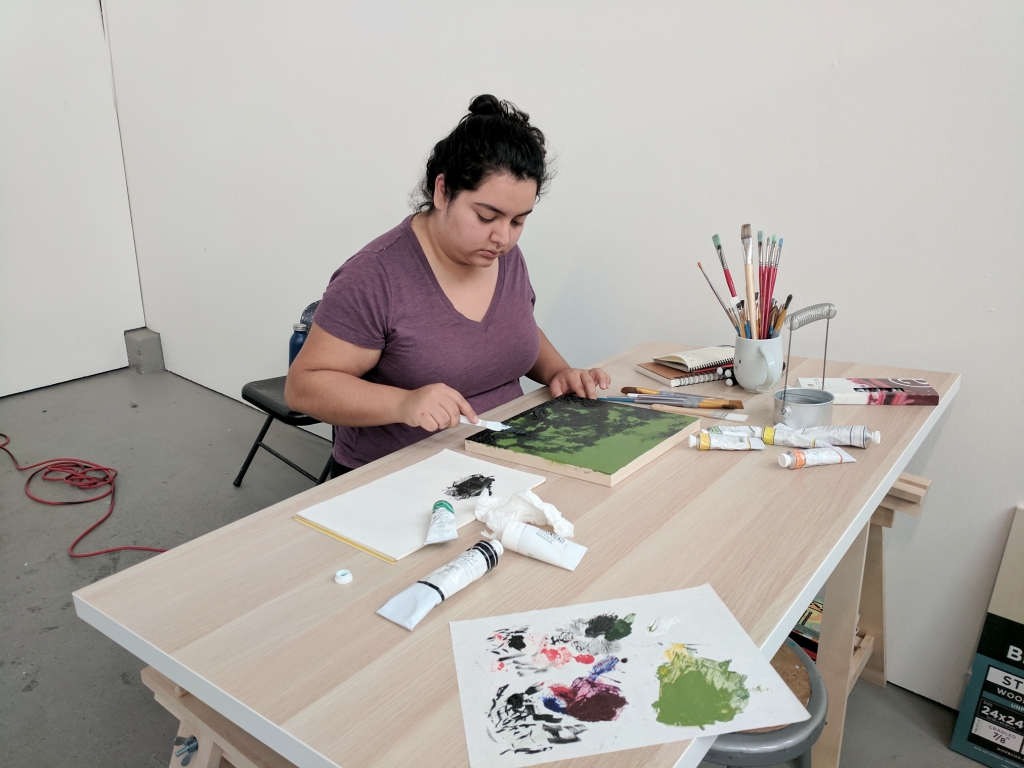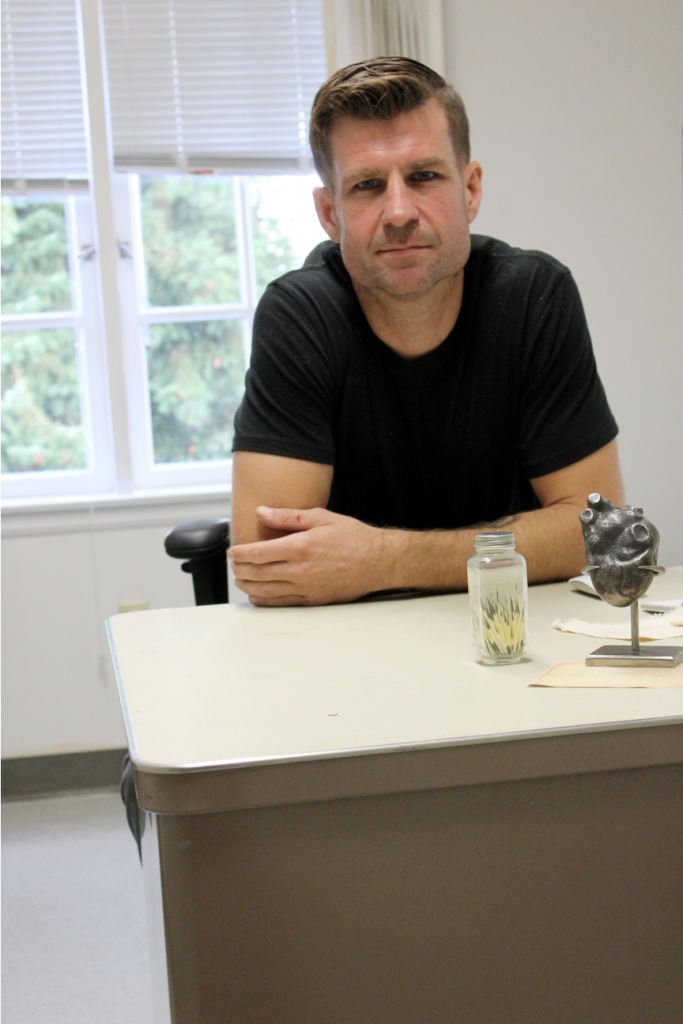Alumni Profiles
A year ago, the Department of Art and Art History recognized some of the incredible social and cultural contributions of our alumni. The Kittredge Gallery hosted an art alumni exhibit and an affiliated panel on art careers that demonstrated the rich range of our studio art graduates’ practices and professions and the department celebrated the scholarship and diverse careers of our art history alumni during the Art History Alumni Colloquium. This blog post continues where last year’s exhibit and colloquium left off, showcasing several art alumni’s varied paths.
We will continue to profile alumni throughout the semester and hope this engagement with our graduates will inspire and enhance connections amongst members our ever-growing Department of Art and Art History community.
Please share your stories by emailing photos and messages to art@pugetsound.edu.
Haley Andres ’14

Haley Andres
Majoring in art honed my skills in communication. As an art student, I developed an ability to tell a story, make an argument, or raise a point in creative and compelling ways. My professors, studio practice, and assignments constantly encouraged me to evaluate my own opinions and interests, and how best to compellingly present those to an audience. After graduating from the University of Puget Sound, I traveled the world as a Thomas J. Watson Fellow, investigating the intersections between experiences of trauma and creative practice. I know my education in art enhanced my ability to effectively communicate and connect across disparate cultures and people, often without sharing a language.
Other skills I learned as an art student, like utilizing multi-faceted approaches to problems, multi-tasking, time management, and a willingness to fail (and to lean into those failures for means of learning/discovery), have translated to strengths in my professional life after college working in arts administration.
I currently work as a Development Assistant at UrbanGlass in Brooklyn, NY.
In five to ten years I hope to attend graduate school to further pursue my interests in socially engaged art practices, ideally earning a Ph.D. I would love to teach or work in a role directly with communities and creative thinkers. I plan to always be asking questions, learning, and creating.
Priscilla Dobler ’09
Every opportunity, from working for international artists in NYC to fully funded residencies in Mexico and USA, has resulted from studying art at Puget Sound. Art has taught me how to value my relationships with people, how to be determined, focused, and passionate; giving everything I have in order to complete a project while conceptually pushing the boundaries of dialogue in craft and fine art.
It is important to stay in touch with mentors over time and Puget Sound’s small community fosters sustained relationships with faculty and peers.
I am currently preparing for an Art Residency at Mass MoCA, and building a multi-media woven living room installation for an art opening in Tacoma and Seattle at the end of this year. With my hard work and constant persistence, I will be showing internationally with gallery representation in the next 5-10 years.
Eden Ferry ’10
Studying art at the University of Puget Sound taught me the skills needed to thrive in various creative industries. Through the diversity in methods and mediums taught, I have been able to draw on my education to work in printmaking, graphic design, and landscape architecture. While at UPS I was able to integrate my minor in environmental policy into my artwork, these explorations eventually lead me to a graduate degree in Landscape Architecture. In my graduate program, I was able to draw on tools I had learning at UPS to thrive, specifically time management, studio culture and critiques, and the ability to translate a concept into a visual representation. Now working within the profession of landscape architecture, I am able to manage projects from concept to construction administration with the tools and creative thinking I learned at UPS.
I am currently working at Studio-MLA in Los Angeles where I work on a range of projects from the Los Angeles River Revitalization to civic and commercial landscapes throughout the city. In the next year, I will begin my licensure exams.
Emily Menk ’14
Studying art at Puget Sound really gave me so much more than what is shown in a course description or a catalog. Creative problem-solving, effective communication (written, verbal, and non-verbal), and sharp critical thinking skills are just a few of the skills that have been integral to my success after graduation. Even outside of the skills I developed in the program, I also built the foundation for life-long learning and creative exploration, developed a passion for experiential learning, and learned to recognize the intersections of culture in every place I go and in every encounter.
Art is a surprisingly interdisciplinary field; it’s not simply about images and design. History, psychology, communication, technology, sociology, math, chemistry, philosophy, and more are all found among the coursework and the learning outcomes within the program, preparing students to work in a variety of fields. I’m a testament to this—while I have worked in a photo studio, I also spent two years working for a (large) tech company before transitioning into higher education. These days, I’m wrapping up an M.S. in Counseling and Student Personnel (College Student Affairs), advising the MSU, Mankato campus programming board, and working with New Student and Family Programs. I’m still using the design skills on a regular basis, but I’m also able to build on my love of experiential education and help college students discover their passions. I’m planning on continuing my career in Student Affairs, and perhaps in a few years, I’ll begin working on a doctorate degree!
Peter Stanley ’09
I love big picture, strategic thinking and I love physical, on-the-ground work. Every point in my career has been a mix of those two passions, and I think that my studies in art were too. As an art major, I spent hours planning, studying, researching, and designing projects. However, the real work was done in the studio and was hands-on and relentless. Both types of labor have been important to my work in museums, design, and business.
I am Manager of Kittredge Gallery here at Puget Sound, and I’m enjoying the mix of scholarly, physical, and managerial work I get to do here. I look forward to continuing to bring in meaningful shows, working with the whole campus, and highlighting the work of people in the department.

